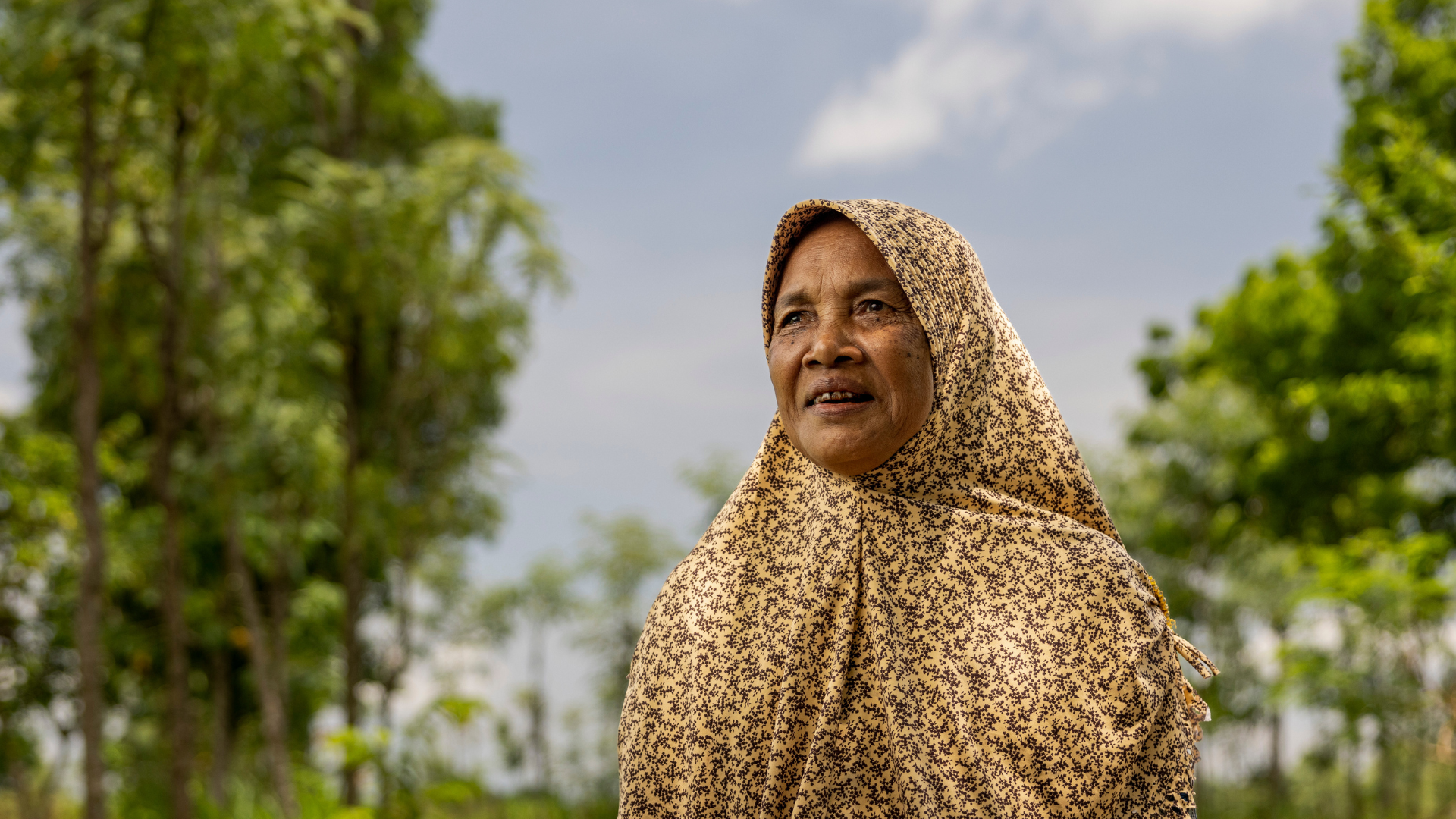Our work in Indonesia
Despite significant advances in overall health, Indonesia has some of the highest levels of avoidable blindness in Southeast Asia. With 30 million people living below the poverty line and 46% of people living in rural areas, access to eye health services for Indonesia’s 3.6 million blind remains a challenge.
Some of the key factors contributing to poor eye health in Indonesia are an insufficient number of trained health professionals, a low level of community eye health awareness, and inadequate resources and policies to support eye health service provision.
Almost 60% of blindness among children in Indonesia is avoidable. Evidence suggests a large portion of a child’s early learning is through vision. Poor vision impacts childhood development, education, participation in community life and social interaction.
The Foundation's programs in Indonesia
The Foundation is integrating eye health into the Indonesian health system, in order to build a model that can operate sustainably.
We work in partnership with the Government of Indonesia to:
- Improve the quality of eye health services provided in schools to properly screen children, refer when necessary and provide glasses to treat refractive error
- Provide education in eye health care for children and community members
- Ensure sustainable financing systems are in place to support new eye health facilities
- Strengthen health systems within vulnerable populations by creating a sustainable referral pathway, and providing proper resources for adequate screening, diagnosis and treatment of cataract, support local eye care capacity by training general nurses in surgical support and teachers in screening and referral.
In 2023, The Foundation and its partners made great progress in key strategic areas in East Asia:
1,081,786
People screened.
106,050
Eye operations and treatments performed including cataract operations, surgeries to treat trachoma, diabetic retinopathy treatments and other sight saving or improving interventions.
72,687
Pairs of glasses distributed.
8,781
People trained including community health workers, surgeons, clinic support staff and teachers.
3,701,619
School children and community members educated in eye health and sanitation.
804
Facilities built, equipped or renovated.
The countries in Asia that The Foundation works in are Lao PDR, China, Vietnam, Cambodia, Philippines and Indonesia.
